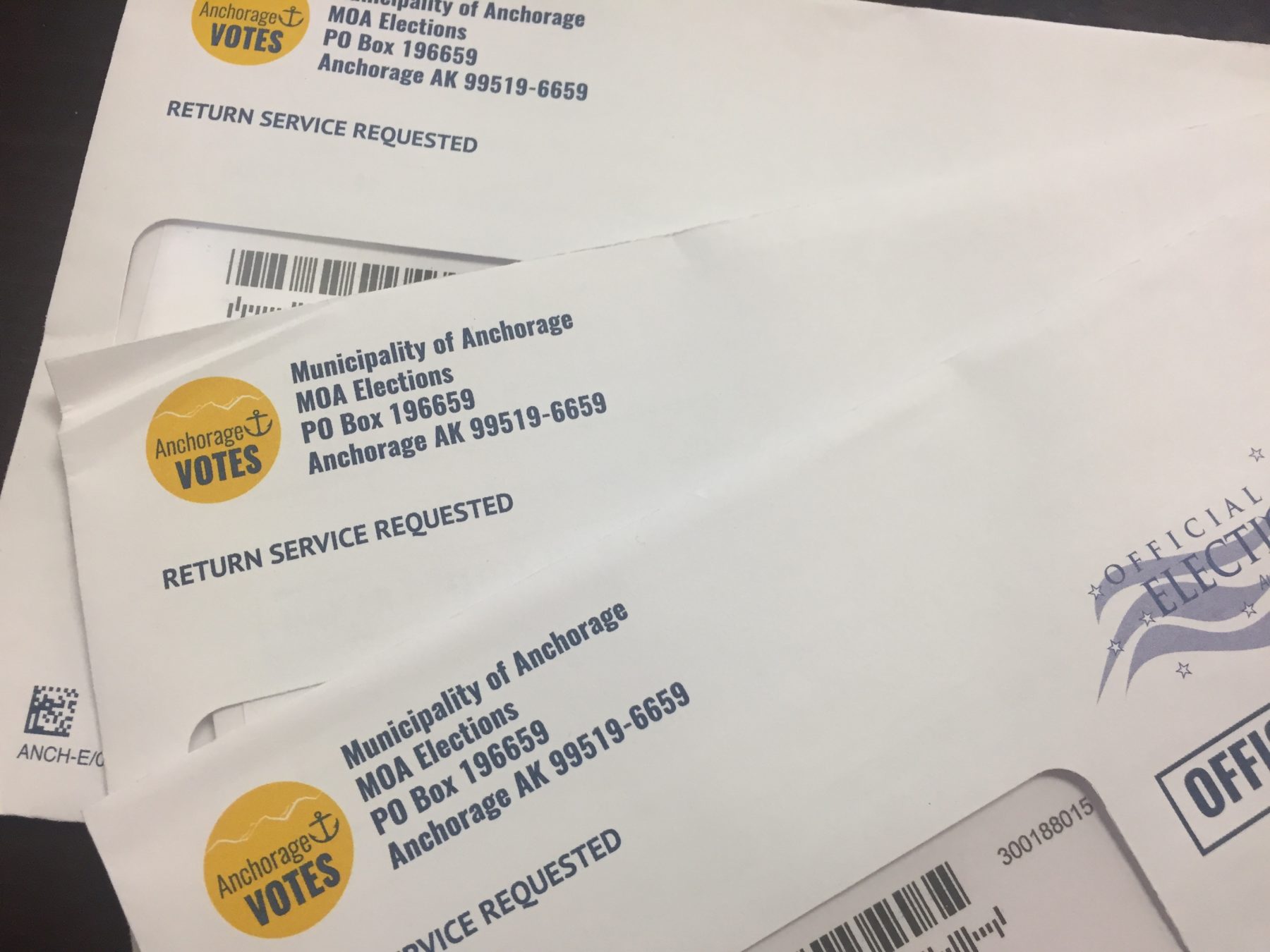By RANDY RUEDRICH
The 2021 Anchorage Municipal Regular Election is wrapping up with another 6,000 ballots or so to be counted today, April 13. I have a couple of thoughts to offer on topics that become subject to the rumor mill.
First, claims of more mail-in muni election ballots being cast than were cast in the 2020 Alaska General Election are simply wrong.
The 2021 Muni election precinct counts were being compared to the 2020 Alaska General Election precinct counts. Those Division of Election precinct counts only report the 2020 Election Day votes cast at the precinct polling place. Those precinct counts do not include: the early ballots cast by the precinct’s voters or the absentee by-mail ballots cast by the precinct’s voters or the question ballots these voters cast anywhere in Alaska.
A proper precinct comparison of 2021 Muni ballots logged by April 12 to all 2020 General Election ballots cast shows:
- D 20 – Westchester: 48.1%
- D 20 – Fairview: 35.3%
- D 16 – Nunaka Valley: 46.6%
None of these precinct counts are near 100% of the 2020 General Election ballots cast, much less approaching 200% of 2020 General Election ballots cast.
Now let’s turn to the process for counting ballots.
During this 2021 election cycle, I have been a Municipal Election Center observer for a candidate, and I have witnessed the process. Each ballot travels through this sequence in preparation for counting on or after April 6:
- The intake scanner/sorter creates an immediate trackable reference for each ballot envelope.
- The scanned envelope’s signature and an on-file voter signature are compared and approved or challenged by real people.
- The approved ballot envelopes are opened.
- The secrecy sleeve with its ballot is separated from the envelope.
- The empty envelopes are bundled and secured.
- The ballot is removed from the sleeve and flattened.
- These flattened ballots are stored on a secure facility prior to tabulation.
This ballot opening process which maintains voter confidentiality is consistent with the Alaska Division of Election absentee by-mail process and the Muni Clerk’s own absentee by-mail process prior to 2017.
The envelopes with signature issues are reviewed to identify these unique defects. A letter is sent to each voter informing the voter of their envelope’s issue: no signature on ballot envelope, no signature on file, no matchable signature, etc. The voter is provided instructions on how to cure the ballot envelope’s defects. The voter may respond up to the day the election is certified.
Ballots are then tabulated. If a ballot is physically imperfect or damaged, a facsimile is created. Ballots that have extra marks or have over votes are segregated electronically for adjudication. This adjudication step requires an elections supervisor to affirm that the voter’s intent, as defined by Muni Election Code, can be determined by clearing the extra marks or strike outs in the ballot image.
This final step delayed the release of numerous batches of ballots that had tens of ballots to be adjudicate on Wednesday.
As of April 12 in the afternoon, all tabulated ballot tallies have reported on the Muni Elections.
Randy Ruedrich is a former chairman of the Alaska Republican Party and is an elections expert.
